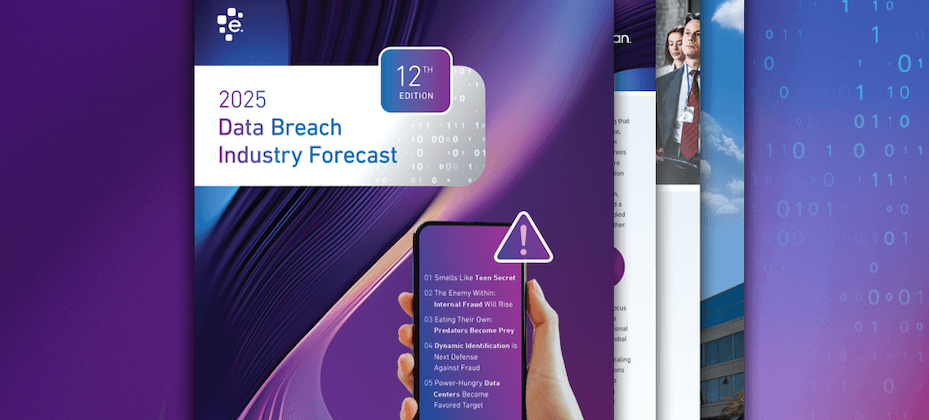
Experian Marketing Services, a leading provider of data, analytics and marketing technologies, today announced an expanded relationship with Adrea Rubin Marketing, Inc., the life and health insurance marketing leader. This relationship makes Adrea Rubin Marketing a preferred provider of Experian Marketing Services’ ChoiceScore to the life and health insurance vertical. ChoiceScore helps marketers identify and more effectively market to underbanked consumers. Using the most comprehensive array of noncredit data available from Experian, including consumer demographic, behavioral and geo-demographic information, ChoiceScore’s custom models offer users the ability to select specific consumers based on potential risk. “Experian Marketing Services is a long-time, trusted partner. Their richness of data is excellent, and they have valuable predictive tools that help marketers in the insurance vertical be successful,” said Adrea Rubin, chief executive officer, Adrea Rubin Marketing. “Expanding our relationship with Experian will help us better serve the life and health insurance industry to reach underserved consumers with new products and services.” Adrea Rubin Marketing has worked with more than 30 different insurance carriers selling life, health, and property and casualty products. These carriers market via direct mail, outbound telemarketing, and digital and alternate media channels. Adrea Rubin Marketing’s experience enables insurance carriers to reach the most profitable segments of the Choicescore database as well as their own policyholder file. The firm’s ability to optimize the data as it applies to each individual carrier engagement is unparalleled. “Adrea Rubin’s presence in the insurance industry makes this expanded relationship a natural fit,” said Rick Erwin, president of Data and Analytics, Experian Marketing Services. “This next step will increase the availability of a leading marketing product designed to help marketers reach consumers who may not otherwise be reachable.” Learn more about Experian Marketing Services. Photo: Shutterstock

Did you know that there are 64 million people in the United States that have little or no traditional credit history? These people are typically referred to as underbanked or underserved consumers, and Experian just announced a new Extended View Score that can help these consumers gain access to credit products and services, which can lead them down the path of building a fuller credit history. Extended View is also beneficial for lenders as it can help them expand their lending universe. Steve Wagner, president of Experian Consumer Information Services, who also spoke today at CFSI’s 7th Annual Underbanked Financial Services Forum, said: Many of the estimated 64 million consumers with limited to no credit history that are unscoreable by traditional credit scores are creditworthy. Extended View can redefine how businesses evaluate this underserved population and empower more consumers with cost-effective credit and financial opportunities. See our news release for more information on Extended View Score. Photo: Shutterstock

Earlier this spring, the Federal Deposit Insurance Corporation (FDIC) announced a proposed amendment to the Assessments, Dividends, Assessment Base and Large Bank Pricing (LBP) rule that it put forward in February 2011. The revised rule attempts to address lender concerns that they would be unable to comply with the new rule’s provisions, particularly the added requirement of reporting subprime and leveraged consumer loans. Under the new proposal, subprime consumer loans would be renamed "higher-risk consumer loans and securities,” and would be defined as: All consumer loans where, as of origination, or, if the loan has been refinanced, as of refinance, the probability of default within two years was greater than 20 percent, excluding those consumer loans that meet the definition of a nontraditional mortgage loan; and Securitizations that are more than 50 percent collateralized by consumer loans meeting the criteria in (a), except those classified as trading book. The FDIC is reviewing comments on the changes and has extended the compliance date for the new reporting requirements until October 1, 2012.


